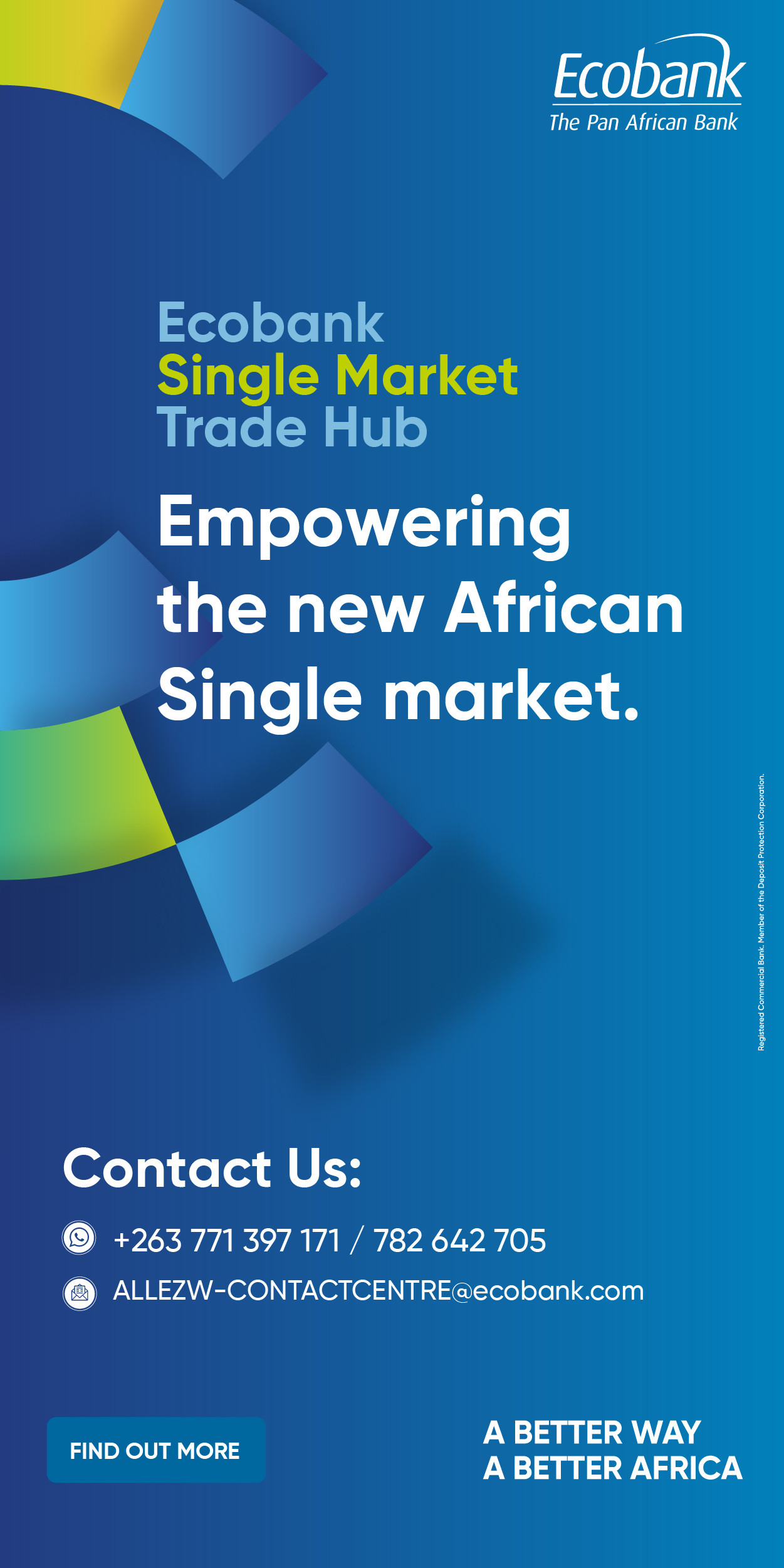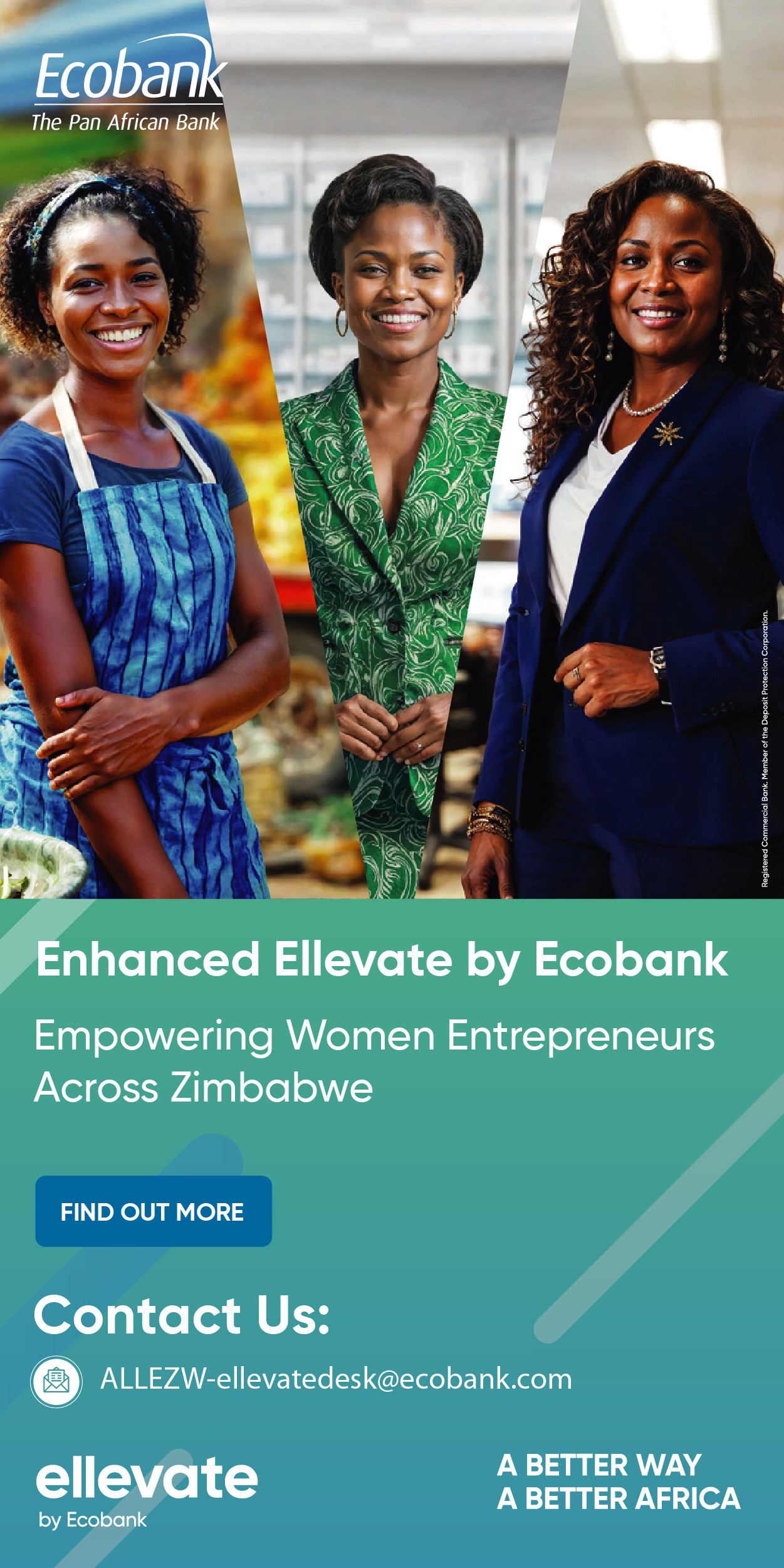- Qatar's Al Mansour Group acquired a 20% stake in Invictus Energy for US$24.5 million at an 82% premium, causing the stock to surge over 100% from A$0.053 to A$0.225
- While Mukuyu-2 drilling confirmed the presence of natural gas, light oil condensate, helium, and hydrogen, the project's full commercial viability remains uncertain pending production sharing agreements and 3D seismic data
- The investment reflects Qatar's broader strategy to diversify from oil dependency, with sufficient cash reserves to absorb potential losses on prospective projects
Harare- After triggering a trading halt on the Australia Stock Exchange 4 days ago, Invictus Energy went on to announce a major development with a potentially consequential impact on the company’s future prospects. The Sheikh of Qatar, Mansour Jassim Al Thani, grandchild of the founder of Qatar and a key member of the Royal family, backed Al Mansour Group, to snap up a 20% stake in Invictus Energy valued at about US$24.5 million.
On the ASX, the company’s share was trading at A$0.05 before the halt. The pre-halt price level was its lowest in 5 years signalling fading investor appetite as the Mukuyu Project prolongs.
At a share price of A$0.095, the AMG share acquisition was completed at a premium of 82% to market. After announcement of the deal, trading commenced on the ASX, with the news of the deal pushing the share price from A$0.053 to A$0.225 as of today, a more than 100% jump.
Data from the ASX shows that a total of 91.7 million exchanged hands in the respective subsequent trades, following the deal announcement. This is the largest tranche of trades in the stock per day since September 2023. The post announcement trades were significant as it equates to about 5.7% of the company’s issued share capital, a substantial shareholding in the company.
The US$24.5 million shot in the arm of Invictus Energy by the Sheikhs is of significance as it is meant to feed into the capital sucking energy venture of the company in Muzarabani, North of Zimbabwe, upstream the Cahorra Bassa. The US$24.5 million earned, is the largest single flow in the company’s quest to raise capital for its exploration and drilling manoeuvres in history. Between 2023 and 2024, the company raised US$20.7 million in numerous capital calls conducted through private placements. These capital raises provided the financing for various stages of the Mukuyu-2 campaign, including initial drilling, well evaluation, and testing.
Invictus’ investment in the Cabora Bassa project includes exploration, appraisal and a commercialization plan to transform the basin into an energy supplier. The company has invested in a multi-stage program to define the basin's potential, starting with reprocessing legacy data.
It has conducted seismic surveys while also having drilled two wildcat wells, Mukuyu-1 and Mukuyu-2, which confirmed a working hydrocarbon system and led to the major Mukuyu gas-condensate discovery in late 2023. Following the discovery, Invictus is acquiring 3D seismic data to better understand the Mukuyu field's structure and quantify the resource, which will guide future development. The company is also drilling further exploration targets, such as the Musuma-1 well, to test new plays.
The investment has been largely celebrated in Zimbabwe, with the frenzy propagating the listing of the company on Zimbabwe’s USD only bourse, the VFEX. Beyond the VFEX, most of the capital raised between 2023 and 2024 was largely through Zimbabwe’s institutional investors, including its sovereign wealth fund, The Mutapa Fund.
Other strategic institutions such as NSSA are also invested in the project through Mangwana Capital. Trading data on the VFEX however shows that Zimbabwe investors are yet to realise any gains since the counter’s listing. The company’s share price 1-year movement was 0.00%, and its 1-year liquidity was US$132K as of August 15, 2025. On the ASX the counter was down 71% year on year before the AMG deal and is still trading below those historical levels post the deal.
Is Invictus’ Muzarabani project a viable investment
One of the key questions in investments is whether the Muzarabani project is a viable project and this question at this point can only be answered in parts. With so much capital having been sunk in and notable delays and derailments resulting in missed targets and failure to obtain some critical information pertaining the project, investor fatigue and doubts has inevitably kicked in. The project’s viability depends on the existence of the commodity in raw form in defined quantities as well its ability to be commercially exploited at a profit.
The first part has already been answered although the extend and quality of gas is yet to be fully qualified. In 2019, before drilling commenced, independent consultant Getech Group provided a prospective resource estimate for the Muzarabani and Msasa prospects.
This report estimated a substantial conventional gas-condensate resource of 8.2 Tcf of gas + 247 million barrels of condensate on a gross mean unrisked basis for the Muzarabani prospect. This was a prospective resource estimate, which means it was a pre-drill prediction based on seismic data and geological modeling, not a confirmed reserve.
Further following the drilling of the Mukuyu-2 well, lab analysis of samples confirmed the presence of high-quality natural gas, light oil condensate, helium, and hydrogen. This was announced by the Zimbabwean government's Minister of Mines and Mining Development, confirming the discovery. The above is a confirmation of the existence of gas within the belt.
On the second part, while resource size has been independently estimated and the existence of gas confirmed, the project's full commercial viability for large-scale development is still being determined. This will depend on several factors, including the forthcoming production sharing agreement (PPSA). Independent legal counsel has reviewed the PPSA framework to ensure it is fair and transparent for both the government and investors.
On top, the ongoing flow tests and 3D seismic data activities will confirm the deliverability and total connected volumes, which are critical for an independent valuation of the resource. We are of the view that this is the ultimate litmus test of the Muzarabani project and yet for this to be achieved more cash on top of the Qatari investment will need be pulled, which is not a stroll in park given past precedent.
Participation of major international players such the foregone Qatar investment by AMG will provide significant external validation of the project's potential, helping further unlock international capital. It therefore remains that the full-scale commercial viability of the project is not yet fully ascertained at this point as Invictus moves toward field development.
This calls for investor caution and for those with higher risk appetite, or awash with cash like the Qataris, a chance to hop on to an asset that could wake up one day with a more than 10-fold return. It equally would not be very advisable for individual investors with constrained portfolios and limited funding focussed on the short term to consider such investments.
The Qataris, same as the Emirates in UAE, are moving quick to seek diversification from their oil exports dependent economies and have been splurging big on global investments and this has been the call from Doha, to Riyadh to Dubai.
These economies are sitting on billions of dollars in cash but realise the finite nature of the resource they are depending on, which in most cases is running out. Dangling marginal cashflow on prospective projects is not going to cost them much given what is at stake within their economies.
They therefore have the economic rationale to absorb some losses.
Equity Axis News





